Why there are so many empty buildings in the UK — and how we should be using them
Lucy Denton asks why we have so many uninhabited dwellings and what we can do to save them.

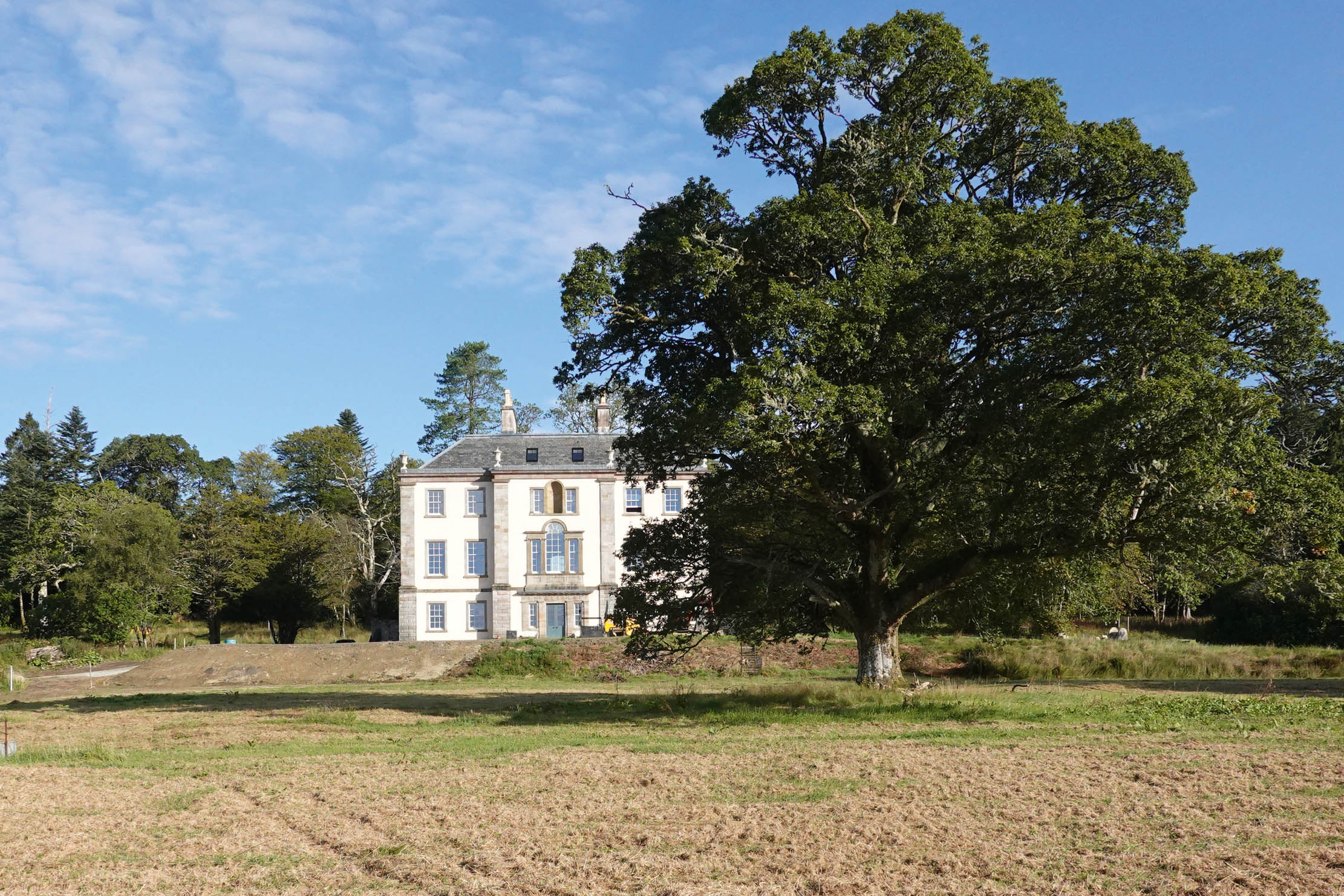
Assembled as a gentry hall house on an upland spot near Briercliffe in Lancashire, Extwistle Hall is a striking model of the sturdy sandstone-built houses that appeared in the north of England in the 16th century. Its mullions — some with ogee moulding — large hall window and arched fireplace were typical of the manner of building styles of the period, with a cross wing, charmingly irregular roofline and a smattering of ball finials — a handsome home, surely, in this exposed moorland setting.
It is empty and in ruins, picked at by vandals and frequently saturated by rain, now that the slate has been stolen and most of the windows punched out. Extwistle Hall, vacant for the past 20 years, is one of numerous stricken dwellings that should be put to good use, but which is a casualty of various factors that contribute to lack of occupation and, ultimately, dereliction.
It is unthinkable that England, in 2022, had about 250,000 officially recorded uninhabited dwellings — ‘a lot more than five years ago,’ points out Chris Bailey, campaigns manager at Action on Empty Homes — although, depending on methods of formulating data, that figure can rise to upwards of 650,000. These are alarming, if not thoroughly disheartening statistics, especially given the drive on the part of the Government to build houses at a rate of 300,000 each year.
It also appears that the Covid pandemic had an especially damaging impact, which hasn’t abated: ‘The number shot up by another 10,000,’ adds Mr Bailey, ‘and it’s still the same now.’ This bleak picture doesn’t take into account non-domestic structures, such as abandoned farmsteads, disused mills, deconsecrated churches and other sites recorded in the Heritage at Risk Registers of both Historic England and SAVE Britain’s Heritage, many of which might potentially be recuperated as residential accommodation.
How such an issue persists in the 21st century might be frustrating to most and baffling to many, but the myriad causes encompass lengthy probate wrangles, deliberate decline in holding on to built assets in order to demolish and redevelop the land, a lack of money and expertise when dealing with old structures and, of course, broader problems relating to the local economy. ‘There are generally more vacant buildings in areas of deprivation,’ notes Louise Brennan, regional director at Historic England, ‘and especially where the economics of renovation are quite marginal resulting in a lack of profit.’
There are also fewer funds available for those seeking to revive a redundant edifice than there were 10 years ago, which affects what can be higher costs of retrofitting modern elements in historic fabric. These are two strands of many more, seemingly immovable, forces behind the calamity of dilapidation. There is also the unpredictability of the planning system, which can be difficult to navigate, potentially resulting in a negative outcome for considerable outlay: ‘It is often very expensive,’ says Rob Jones-Davies, a director of the RJD Consultancy, ‘requiring a raft of supporting statements, from ecology to highways. And many policies are subjective when it comes to heritage assets.’
The longer a building stands empty, the less likely it will be fit for occupation without extensive restoration work and the broader remedies seem to be hit and miss. A Government spokesperson for the Department for Levelling Up, Housing and Communities says that ‘councils have a raft of powers to bring empty properties back into use and we are clear they should be using them to deliver new homes for communities. They can increase council tax by up to 300% on long-term empty properties, take over empty homes by compulsory purchase orders and empty dwelling management orders, and convert commercial buildings to residential without the need for a full planning application’. However, too often, a vacant house has to get into a very bad state for action to be taken and enforcement measures can take time to implement.
Exquisite houses, the beauty of Nature, and how to get the most from your life, straight to your inbox.
There are glimmers of hope. Asknish House (pictured at the top of the page), a neat Palladian mansion in Lochgair, Argyll and Bute, which was vacant for two decades and suffering rot as a result of water ingress before it was bought in 2017, has recently been awarded top prize in the Georgian Group Architectural Awards 2022 for Rescue of a Georgian Building. Its careful refurbishment took five years and the rehabilitation of as much original fabric as possible. In Liverpool, the revival of the once-dilapidated Victorian Welsh Streets at Toxteth adapted by a developer as family homes for the 21st century has proved to be a successful model.
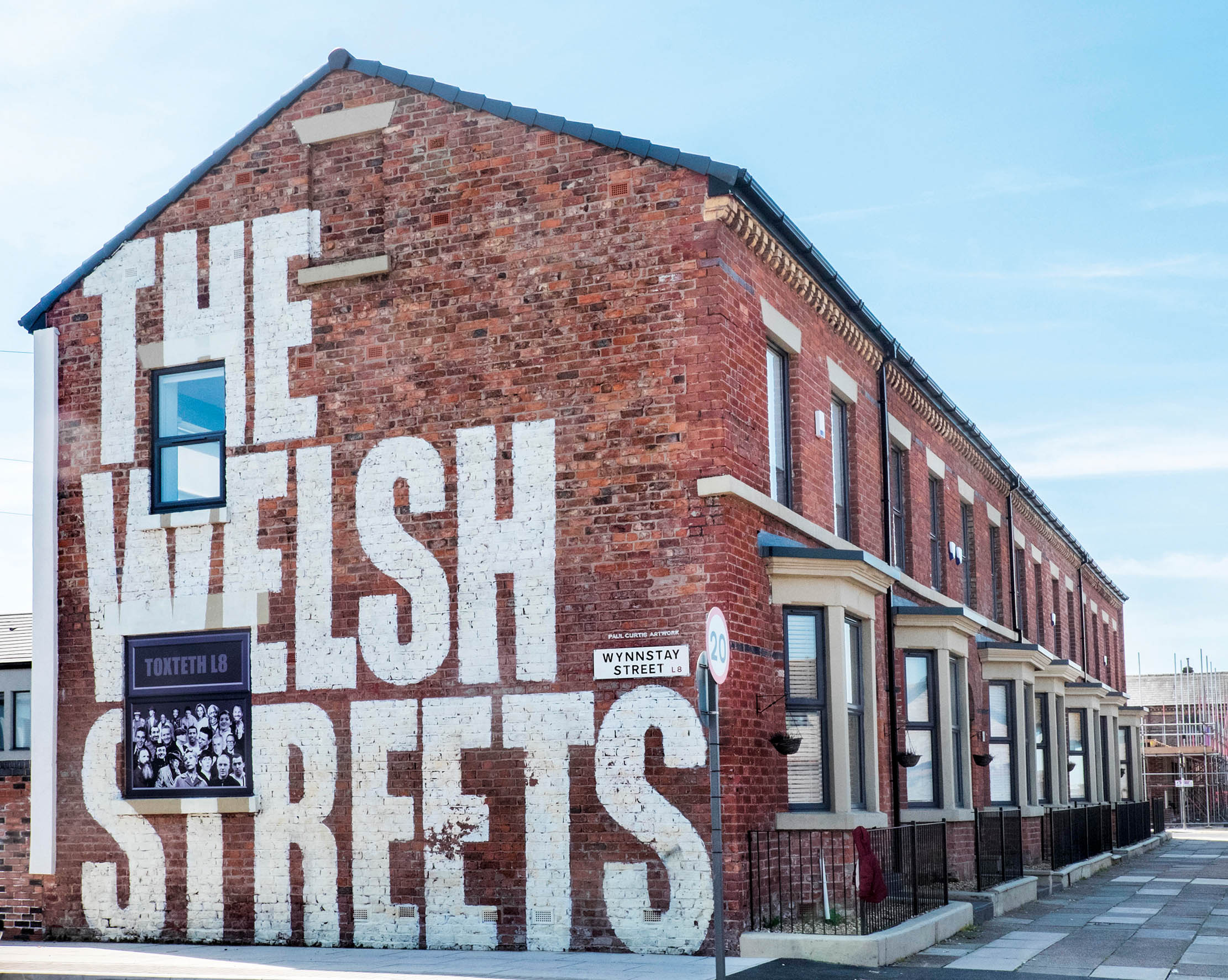
The layout of some structures converts more readily than others, for example, Conditioning House in Bradford, empty since the 1980s, but renewed as apartments, complete with industrial relics, such as crane wheels and fire bells.
Others might similarly make the most of the demographic drift back into city centres, such as the upper floors above a parade of shops, successfully converted into studio apartments on Wheeler Gate, Nottingham. The shop fronts below were the subject of a grant-assisted reinstatement as part of Historic England’s Nottingham Heritage Action Zone.
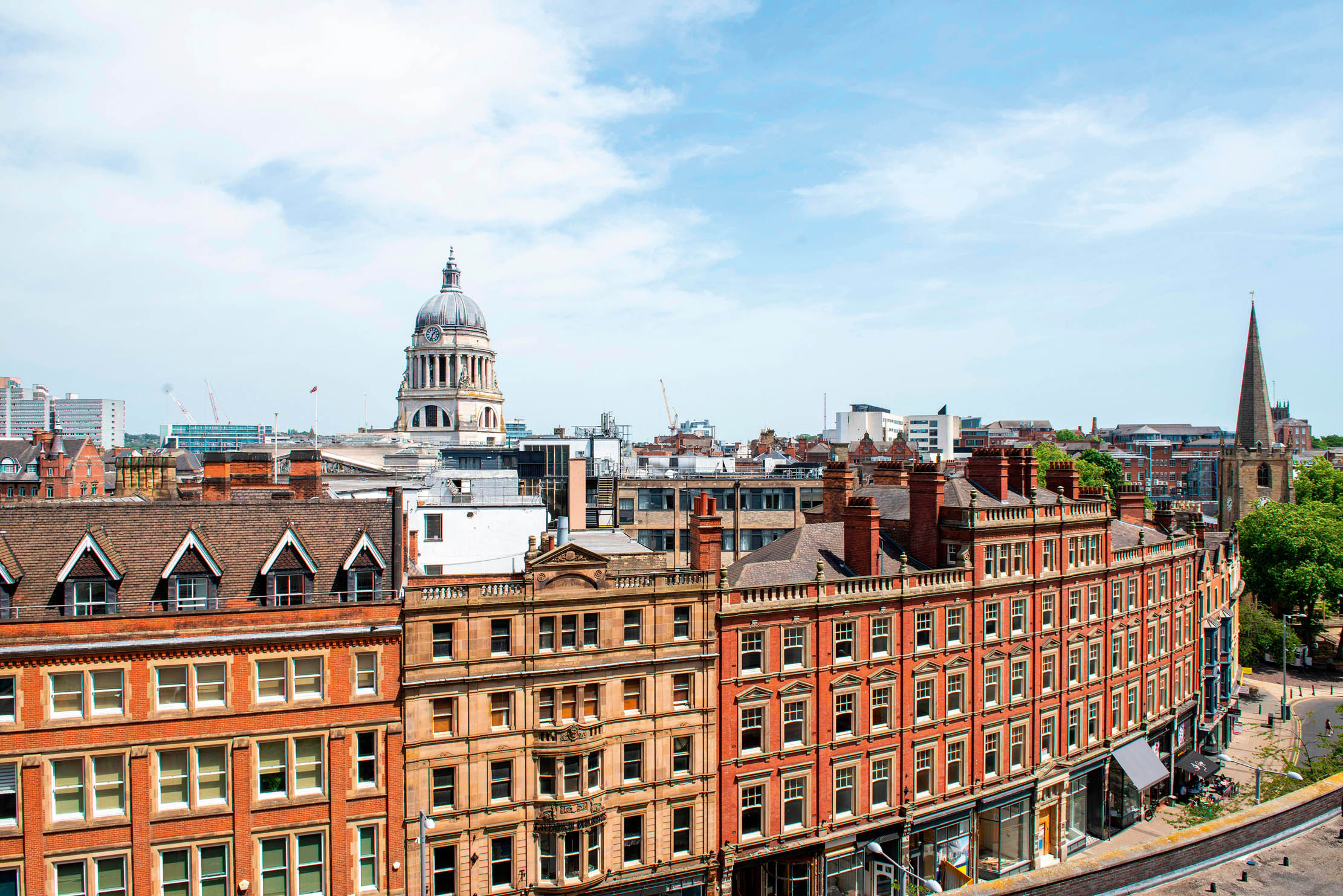
Although these demonstrate that opportunities for redevelopment exist, better support is vital. ‘It’s a no-brainer. The VAT rules need to be overhauled,’ advises Henrietta Billings, director of SAVE Britain’s Heritage, on the long-hoped-for relief on work to existing buildings, yet to materialise, which means that owners of listed properties still pay a standard rate of 20% on repairs, whereas, controversially, it is 0% for new homes. Decentralising funding to local councils that might spend money at their discretion on regeneration could also help and allegiances with developers might prove valuable. There may be a role for estate agents in formally advising buyers on the obligations of looking after aged buildings.
In any case, encouragement is often key as it ‘always comes down to people, not the building,’ concludes Mrs Brennan, pointing out that the answer ‘is often in a coalition of the willing at local level, often including community groups and the local council. It is very rare that you can’t do anything, even when a building is in shocking condition’. Hopeful news for Extwistle Hall, then, at the 11th hour.
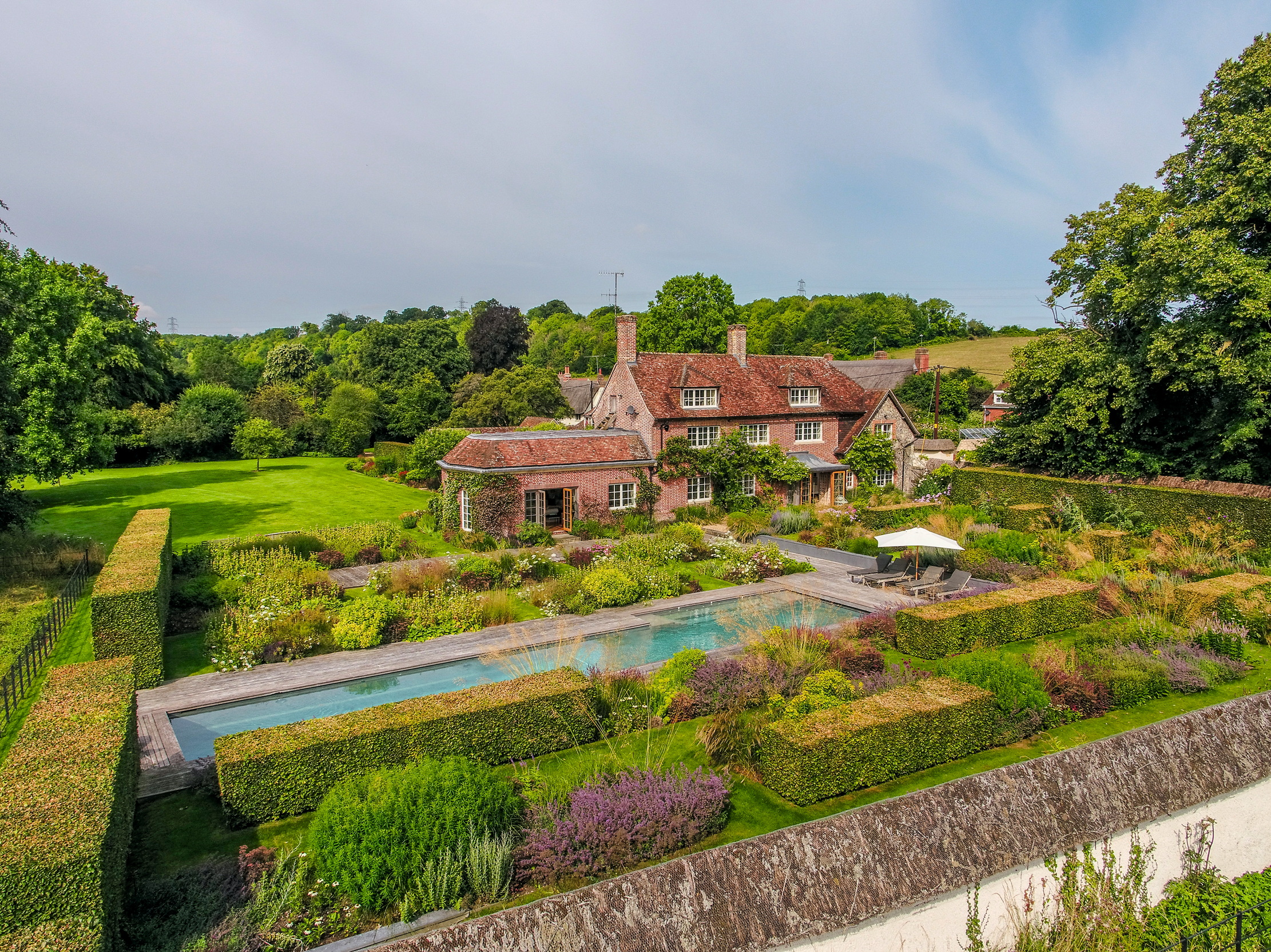
Credit: Strutt and Parker
Best country houses for sale this week
An irresistible West Country cottage and a magnificent Cumbrian country house make our pick of the finest country houses for
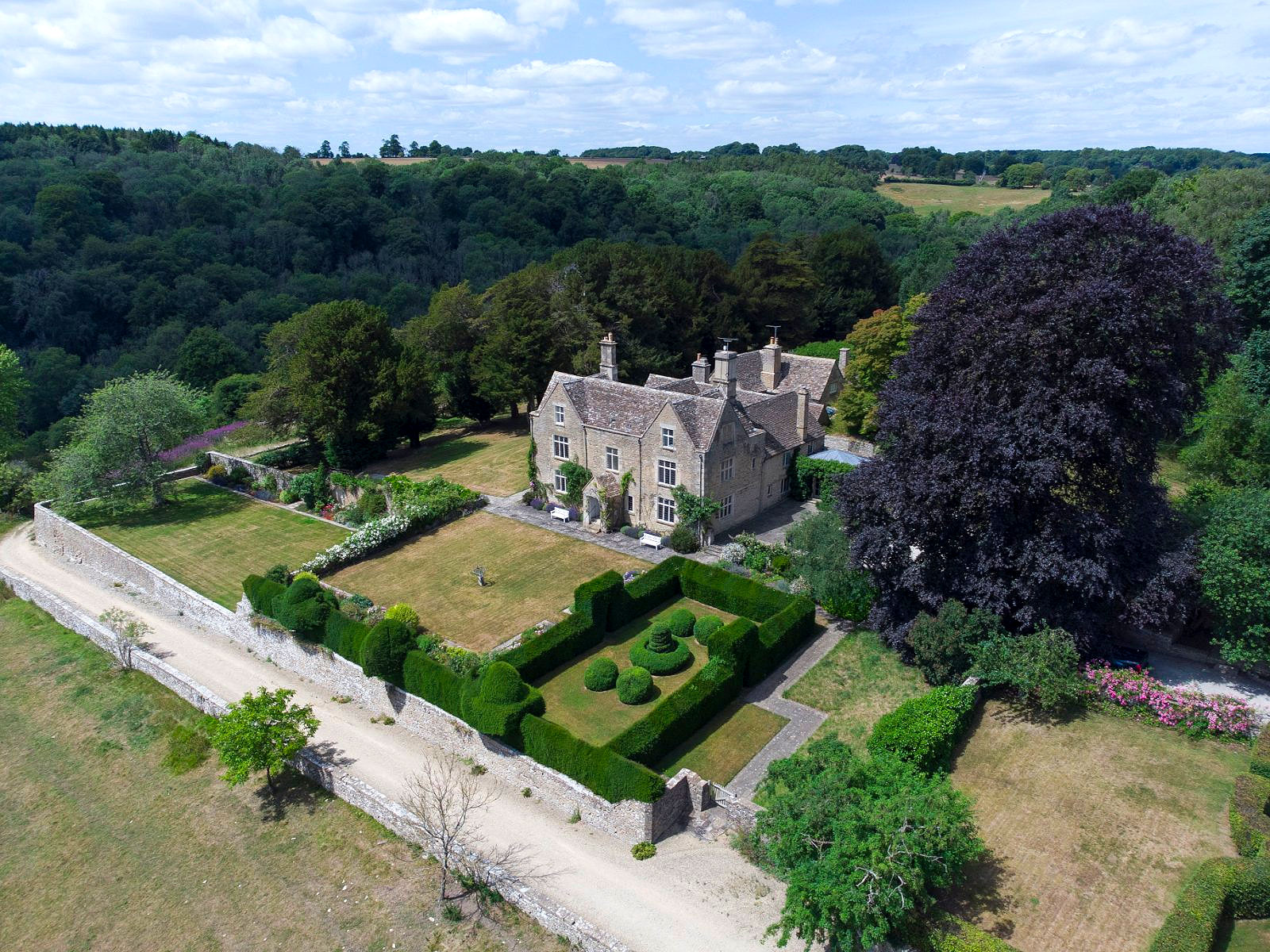
Credit: Strutt & Parker
Best country houses to rent across Britain
Renting doesn't have to mean compromising on space, style or history.
Country Life is unlike any other magazine: the only glossy weekly on the newsstand and the only magazine that has been guest-edited by His Majesty The King not once, but twice. It is a celebration of modern rural life and all its diverse joys and pleasures — that was first published in Queen Victoria's Diamond Jubilee year. Our eclectic mixture of witty and informative content — from the most up-to-date property news and commentary and a coveted glimpse inside some of the UK's best houses and gardens, to gardening, the arts and interior design, written by experts in their field — still cannot be found in print or online, anywhere else.

